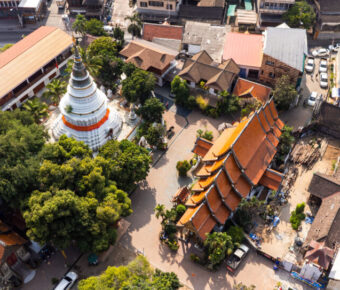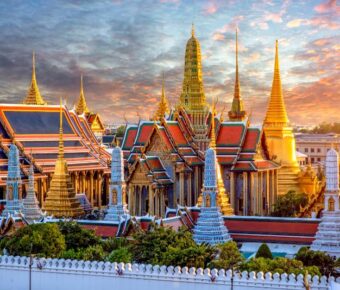
Is New York City Safe? 5 Insider Tips for Worry-Free Exploration in 2025
Some travelers might get nervous about New York City‘s reputation. But is the Big Apple really as dangerous as some think? The truth is, NYC is one of the safest big cities in America. Over the past few decades, crime rates have dropped significantly, and violent crime against tourists is rare.
While no city is 100% safe, New York has improved a lot. Times Square and other popular spots are well-patrolled. The subway runs 24/7 and is generally safe, even late at night. Like any major city, you should stay alert and use common sense.
Getting travel insurance is smart when visiting NYC. It can cover medical issues, theft, or trip cancellations. But don’t let safety worries stop you from exploring this amazing city. With basic precautions, you can have an awesome time in New York.
Contents
- Understanding Crime in New York City
- Overview of Crime Statistics
- Types of Crimes and Their Locations
- Comparing Crime Rates: NYC vs. Other Major Cities
- Assessing Neighborhood Safety
- Safest Places to Stay
- Areas With Higher Risk Factors
- New York’s Evolving Neighborhoods
- Transportation and Safety
- Navigating the Subway System
- Taxis and Ridesharing Tips
- Public Transportation Safety Measures
- Personal Safety Tips for Travelers
- Avoiding Petty Thefts and Scams
- Recommendations for Women and Solo Travelers
- Understanding NYPD and Law Enforcement
- Cultural Awareness and the Social Experience
- The Local Perspective on Safety and Community
- Engaging with New York’s Diverse Culture
- Major Events and Their Impact on Safety
- Top Safe Travel Destinations in NYC
- Cultural and Historical Highlights
- Family-Friendly and Recreational Spots
- Exploring Beyond the Mainstream Tourist Paths
- Frequently Asked Questions
- What precautions should one take when exploring New York City after dark?
- How does the safety of living in New York City compare to other major cities?
- What safety advice is there for tourists visiting New York City?
- Are there specific safety concerns for Asian visitors to New York City?
- What are the current considerations for safety in Midtown Manhattan?
- How has the crime rate in New York City changed recently?
- More Travel Guides
Understanding Crime in New York City
New York City’s crime landscape has changed a lot over the years. Let’s take a closer look at the numbers, types of crimes, and how the Big Apple stacks up against other major cities.
Overview of Crime Statistics
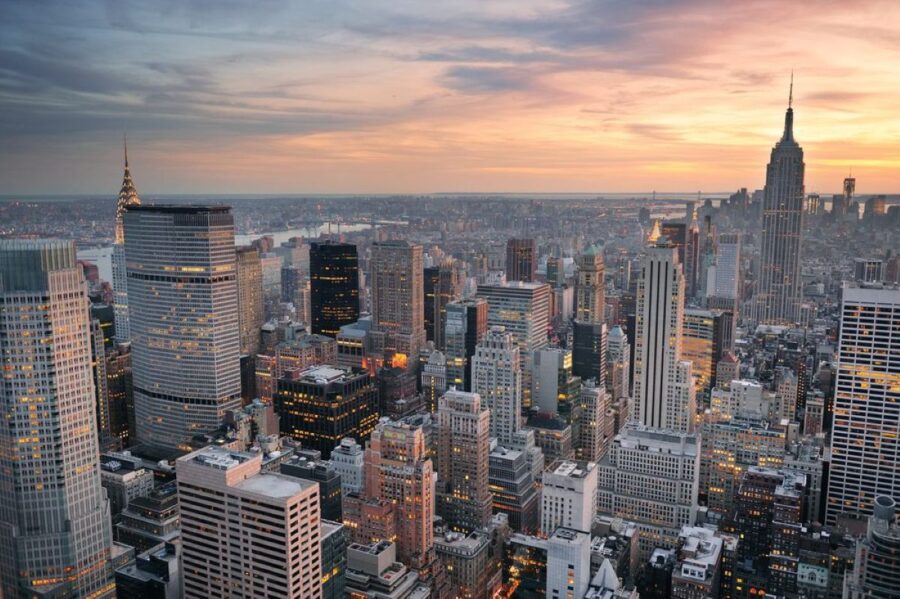
NYC’s crime rates have been on a wild ride lately. Back in the 90s and early 2000s, crime was dropping fast. But then the pandemic hit, and things got shaky. In 2020, shootings nearly doubled, and murders went up by almost half. Yikes!
2021 wasn’t much better, with small increases across the board. But here’s some good news – the murder rate is still way lower than it used to be. In 2018, there was less than one murder per day in the city. That’s a huge improvement from the bad old days.
The city’s overall crime rate is about 46 crimes per 1,000 people in a typical year. Not too shabby for a city this big!
Types of Crimes and Their Locations

Different parts of NYC see different types of crime. People generally think the northwest part of the city is safest. But let’s break it down by borough:
- Manhattan: Tends to have more property crimes like theft
- Brooklyn: Mix of property and violent crimes
- The Bronx: Higher rates of violent crime
- Queens: Generally lower crime rates overall
- Staten Island: Lowest crime rates in the city
Interestingly, crime patterns can vary a lot even within boroughs. Some neighborhoods might be pretty safe, while others just a few blocks away have more issues.
Comparing Crime Rates: NYC vs. Other Major Cities

So how does NYC stack up against other big cities? Pretty well, actually! New York’s crime rate is lower than many other major U.S. cities.
For example, NYC’s murder rate of 3 per 100,000 people is much lower than cities like Chicago or Philadelphia. And it’s way below what it was in the 1990s.
But it’s not all rosy. NYC still has higher crime rates than some smaller cities and towns. And certain types of crime, like subway crimes, are a bigger issue here than in places without massive public transit systems.
The key takeaway? NYC is much safer than it used to be, and safer than many big cities. But like any major city, it still has its challenges when it comes to keeping crime in check.
Assessing Neighborhood Safety
New York City’s safety varies greatly from area to area. Some neighborhoods are very safe, while others have higher crime rates. The city’s neighborhoods are always changing, with many areas becoming safer over time.
Safest Places to Stay
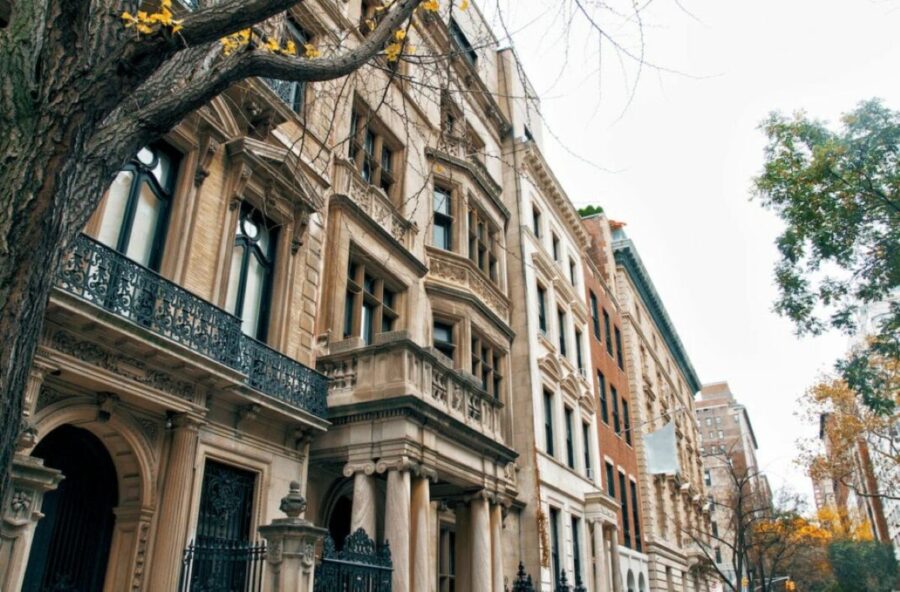
The Upper East Side is one of NYC’s safest spots. This fancy area has low crime rates and lots of families. Central Park is right there too.
Brooklyn Heights is another safe bet. It’s got beautiful brownstones and amazing views of Manhattan. The streets are quiet and calm.
Tribeca is super safe and trendy. It’s got cool restaurants and shops. Many celebs live there. The Financial District is safe too, especially at night when the office workers go home.
Areas With Higher Risk Factors
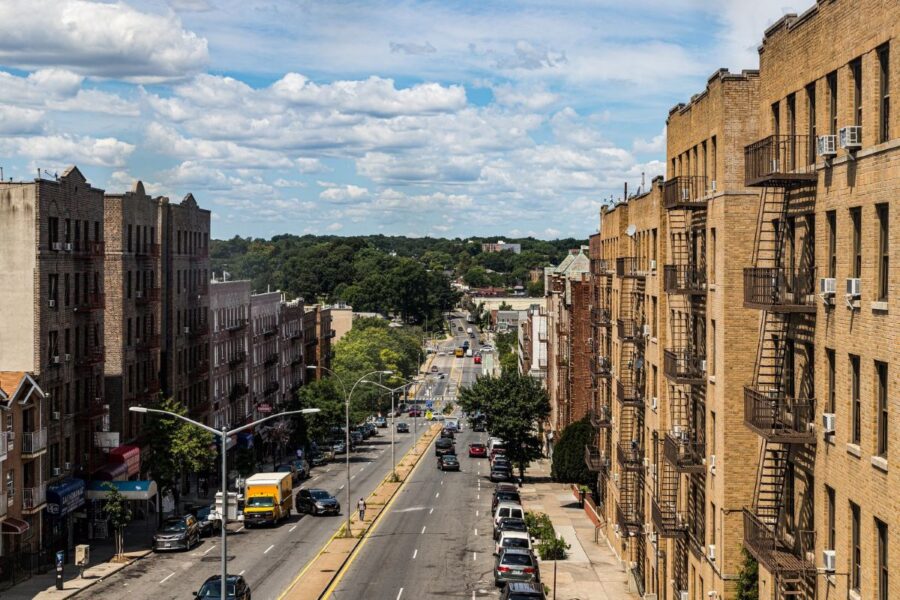
Some NYC areas need more caution. The South Bronx has higher crime rates. It’s gotten better, but still has issues.
Brownsville in Brooklyn faces challenges. It has more poverty and crime than other parts of the city.
Parts of Midtown can get sketchy late at night. Times Square is usually fine, but watch out for pickpockets in crowds.
The key is to stay alert and trust your gut. Most trouble can be avoided by being smart and aware of your surroundings.
New York’s Evolving Neighborhoods
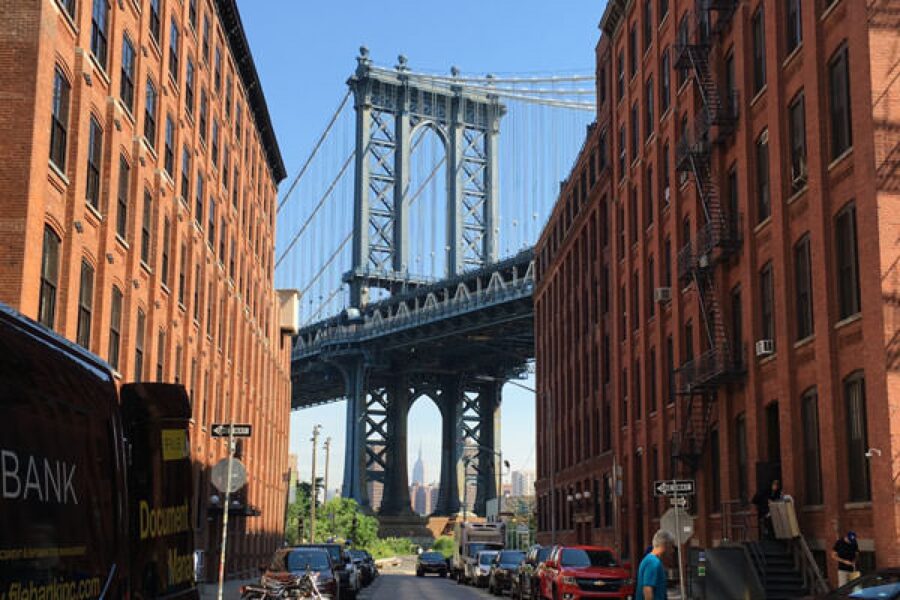
NYC neighborhoods change fast. Many once-rough areas are now hip and safe.
Williamsburg went from gritty to trendy. It’s now full of cool bars and young people. Long Island City in Queens is safer and more popular than ever.
The West Village and Greenwich Village keep getting nicer and safer. They’re pricey but charming.
Even parts of Harlem are much safer now. New shops and restaurants are popping up all the time.
Remember, safety can shift block by block in NYC. Do your homework on specific areas before visiting or moving there.
Transportation and Safety
Getting around New York City can be thrilling, but it’s important to stay alert. The city offers many transport options, each with its own safety considerations.
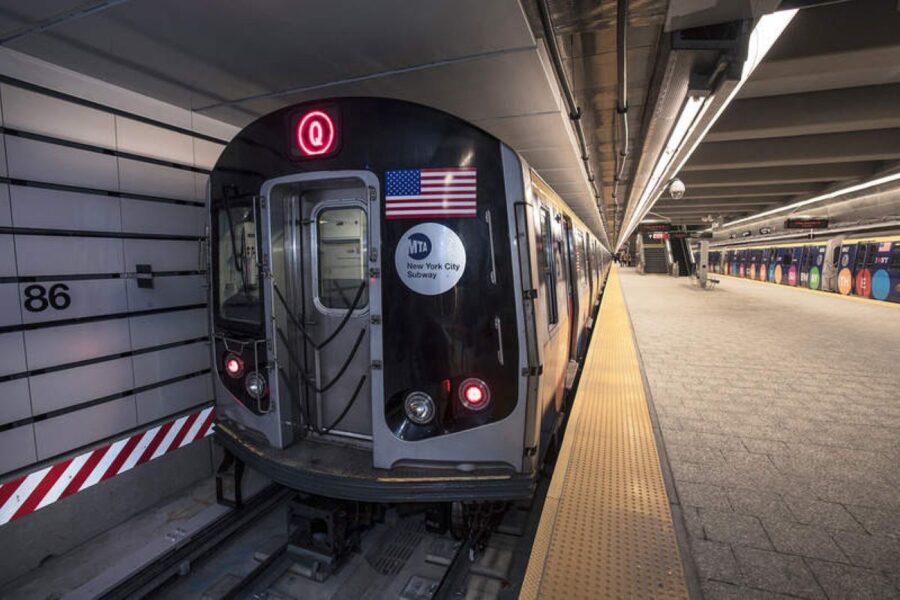
The NYC subway is a quick way to zip around town. It runs 24/7 and covers most of Manhattan and beyond. Subway cars have gotten cleaner and safer over the years. Still, it’s smart to keep your wits about you, especially late at night.
Stick to busier stations when you can. They’re usually better lit and have more people around. Keep your bag close and don’t flash expensive stuff. If you’re new to the subway, grab a seat near the conductor’s car. It’s often in the middle of the train.
Some stations now have Help Points. These are intercoms you can use to call for help if needed. The subway might seem scary at first, but millions of New Yorkers use it every day without any trouble.
Taxis and Ridesharing Tips
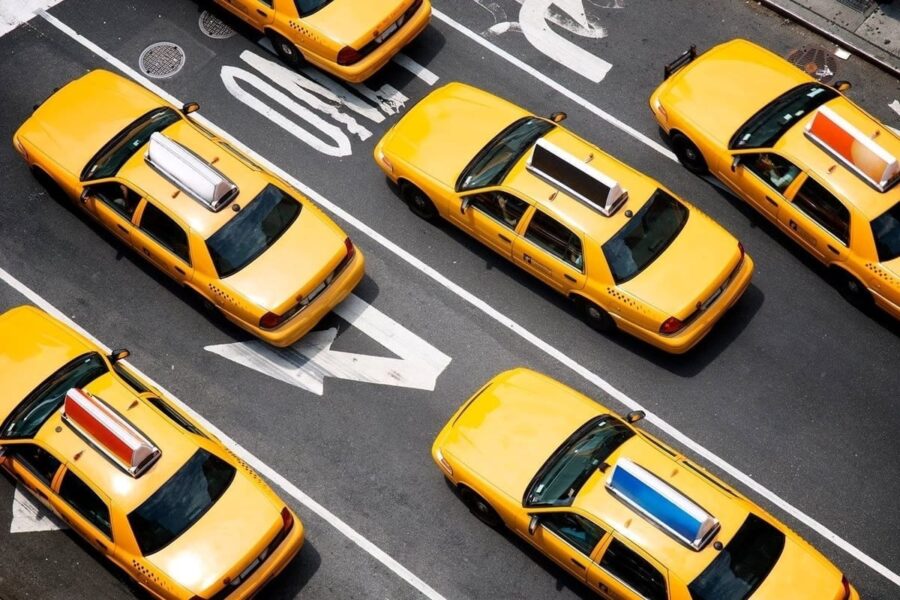
Yellow cabs are a New York icon. They’re easy to spot and can be hailed right on the street. Make sure the taxi is licensed – look for the medallion number on the hood.
Ridesharing apps like Uber and Lyft are popular too. They’re often cheaper than taxis. When using these apps:
- Check the driver’s info matches what’s in the app
- Share your trip details with a friend
- Sit in the back seat
- Trust your gut – if something feels off, don’t get in
Both taxis and rideshares are generally safe. But it’s always good to stay aware of your surroundings.
Public Transportation Safety Measures
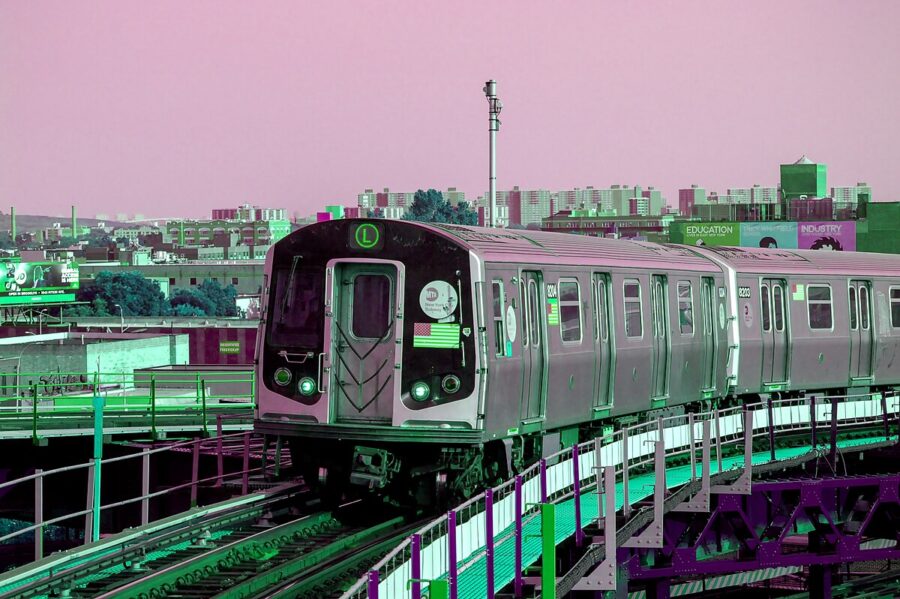
The MTA (that’s the folks who run NYC’s public transport) takes safety seriously. They’ve added more cameras in stations and on buses. There are also more police patrols on trains and in stations.
Some safety tips for buses and trains:
- Stand away from the platform edge
- Hold onto poles or seats when the vehicle is moving
- Don’t wear headphones that block out all noise
- Be extra careful when it’s crowded
If you see something weird, tell a transit worker or cop. There are emergency intercoms on platforms and in train cars too. The city’s push for safer public transport seems to be working. Crime on buses and trains dropped in 2024.
Personal Safety Tips for Travelers
New York City is a thrilling place to visit, but it’s smart to stay alert. These tips will help you enjoy the Big Apple safely and avoid common pitfalls.
Avoiding Petty Thefts and Scams
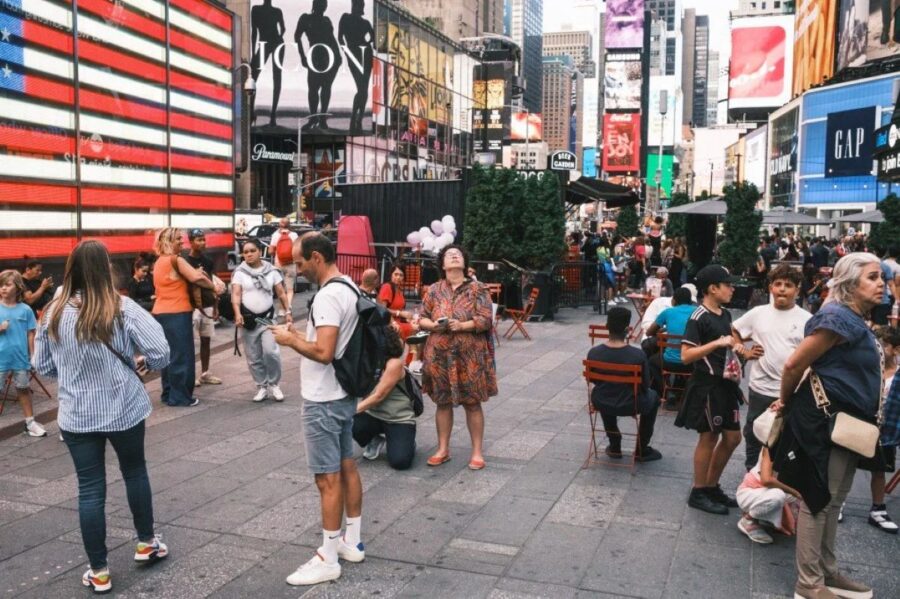
Keep your stuff close! Pickpockets love busy spots like Times Square and the subway. Use a cross-body bag or front pocket for your phone and wallet. Be wary of “friendly” strangers who get too close – they might be trying to snatch your stuff.
Watch out for common scams too. If someone offers you a “free” CD or bracelet, just say no. They’ll demand money after. And those costumed characters in tourist areas? They expect tips for photos, so decide if it’s worth it.
Stick to official taxis or ride-share apps. Unlicensed cabs might overcharge you or worse. When using an ATM, pick one inside a bank if you can. Cover the keypad when entering your PIN.
Recommendations for Women and Solo Travelers
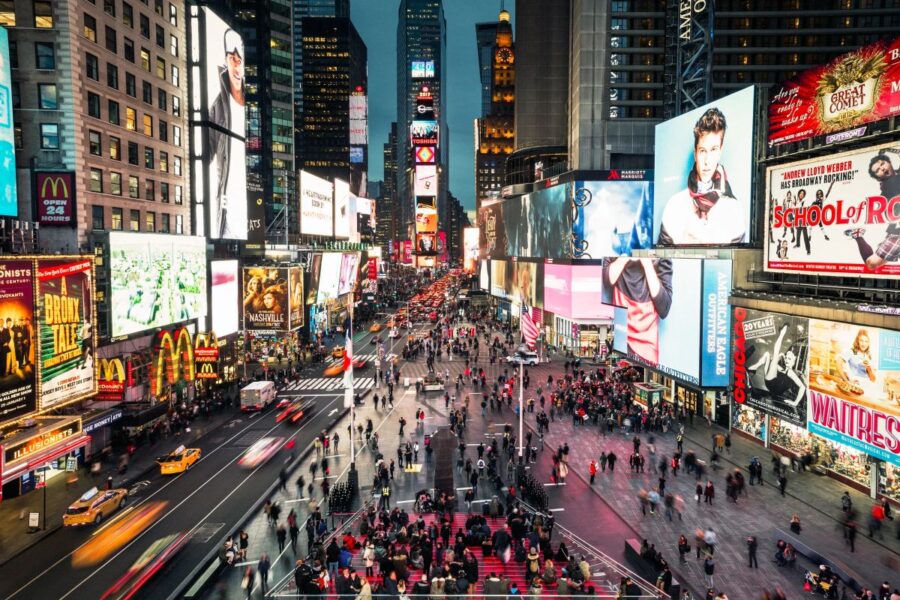
Ladies, you’ve got this! New York is generally safe for women, but use common sense. Avoid empty subway cars – pick ones with other riders. At night, stick to well-lit streets and busy areas.
Trust your gut. If a situation feels off, get out of there. It’s okay to be “rude” if you feel unsafe. Fake a phone call or duck into a store if someone’s bugging you.
Solo travelers, let someone know your plans each day. Share your location with a friend back home. Join walking tours to meet people and learn safe areas from locals.
Don’t flash expensive jewelry or gadgets. Blend in by dressing like a New Yorker – practical and stylish.
Understanding NYPD and Law Enforcement
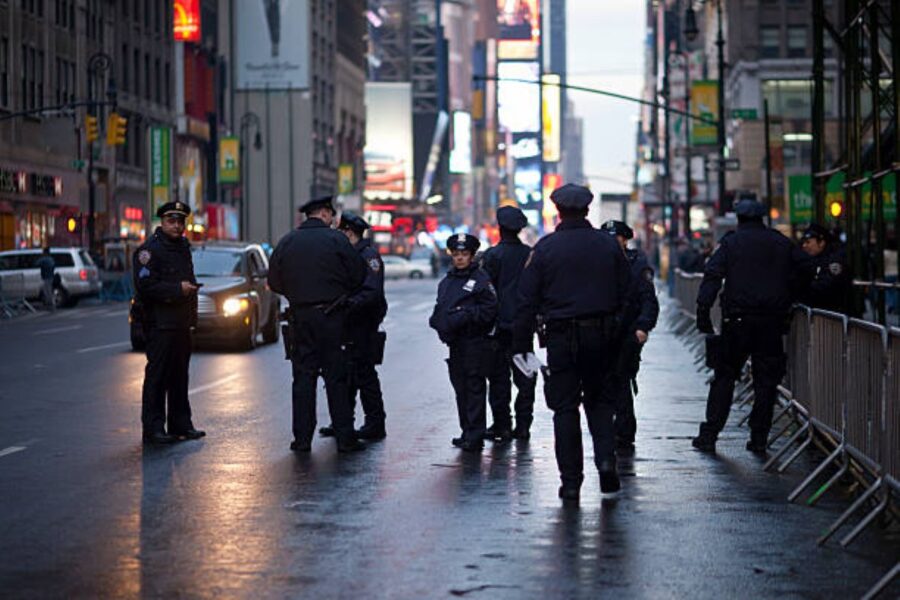
The NYPD is your friend! You’ll see cops all over, especially in tourist spots. Don’t be shy about asking them for help or directions. They’re there to keep you safe.
Save the local precinct number in your phone. If you need help but it’s not an emergency, call 311 for city services. For real emergencies, 911 works just like back home.
If you’re the victim of a crime, report it right away. The NYPD takes tourist safety seriously. They can help you cancel credit cards or get emergency cash if needed.
Remember, jaywalking is super common in NYC. But technically it’s illegal, so use crosswalks if you see a cop nearby.
Cultural Awareness and the Social Experience
New York City’s diverse culture shapes its safety landscape and social dynamics. The city’s neighborhoods, events, and local perspectives all contribute to a unique urban experience.
The Local Perspective on Safety and Community
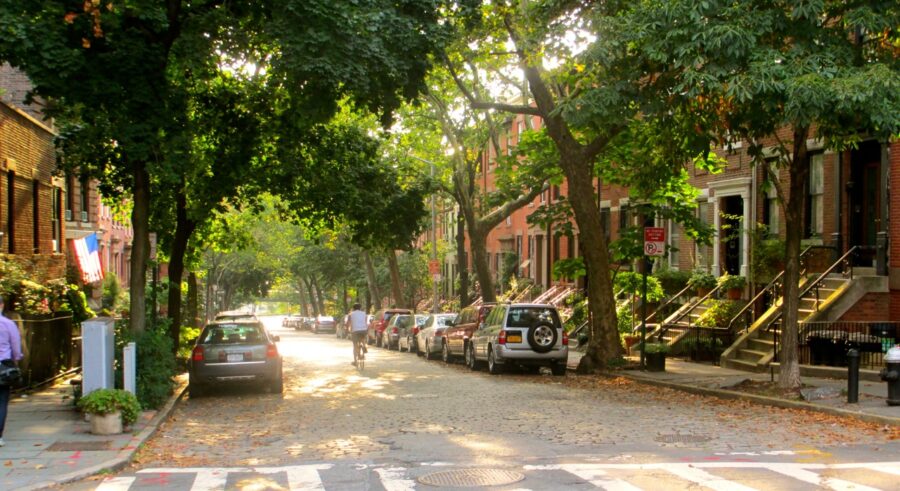
New Yorkers have a strong sense of community that enhances safety. Many neighborhoods feel like small towns within the big city. Locals often look out for each other and create a tight-knit atmosphere.
Block parties and community events bring people together. These gatherings help build trust and make areas feel safer. Residents share tips about staying safe and report suspicious activity.
NYC’s community boards play a key role too. They give locals a voice in neighborhood issues, including safety concerns. This grassroots approach helps tailor safety measures to each area’s needs.
Engaging with New York’s Diverse Culture
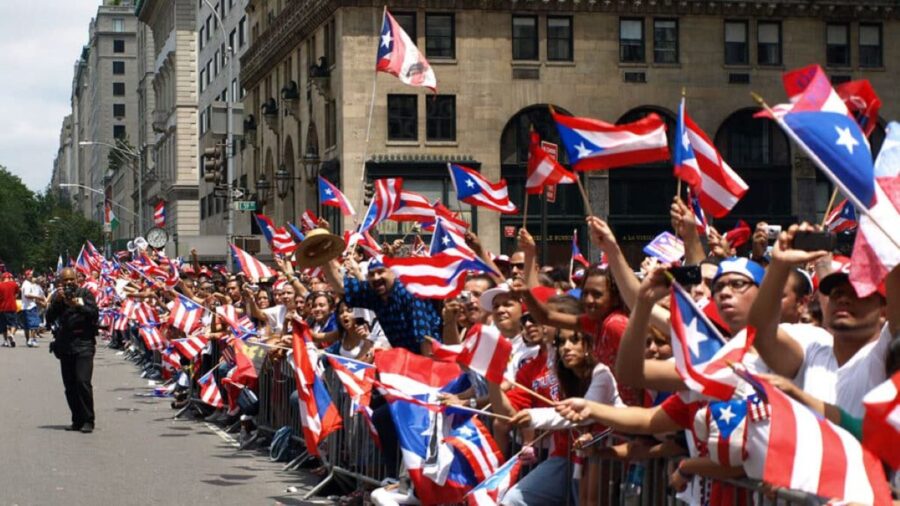
NYC’s cultural mix makes it exciting and generally safe for visitors. The city has over 200 languages and countless ethnic enclaves. This diversity creates a welcoming vibe for people from all backgrounds.
To stay safe, it helps to learn some local customs. New Yorkers walk fast and value personal space. They might seem brusque, but they’re often willing to help if asked politely.
Tourist hotspots like Times Square are usually safe but crowded. It’s smart to stay alert in busy areas. Less touristy neighborhoods often offer a more authentic NYC experience.
Major Events and Their Impact on Safety
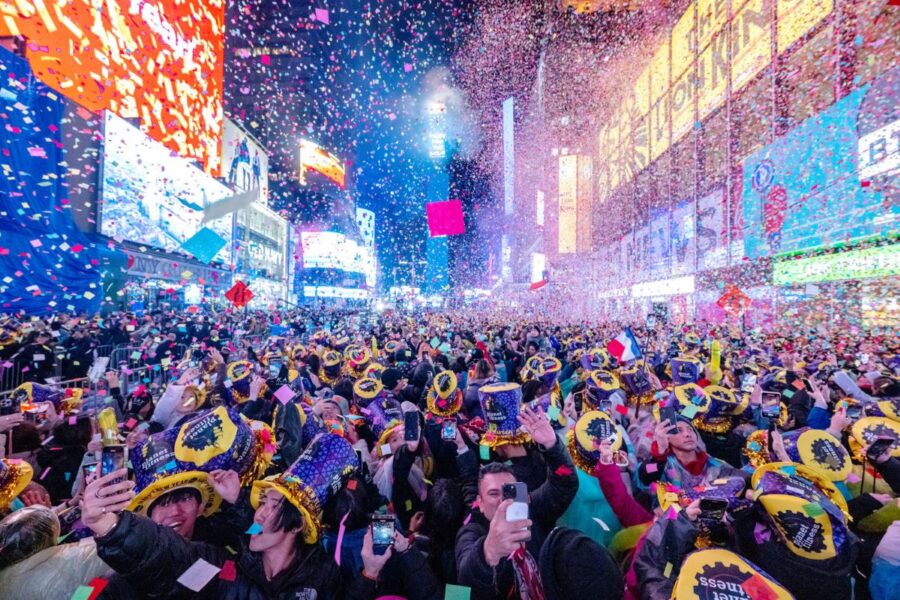
Big Apple events can affect safety in different ways. Major parades and festivals usually have extra security. This makes them safe, fun ways to experience NYC culture.
New Year’s Eve in Times Square is famous but very crowded. The police presence is high, but pickpockets can be an issue. Smaller celebrations in other boroughs might be more relaxed.
Cultural festivals in places like Chinatown or Little Italy are great for experiencing NYC’s diversity. They’re often family-friendly and safe, but it’s wise to watch belongings in big crowds.
Sports events at iconic venues like Yankee Stadium are typically well-managed. They’re safe ways to see how passionate New Yorkers are about their teams.
Top Safe Travel Destinations in NYC
New York City offers many secure spots for visitors to explore. These places blend culture, fun, and safety for a great trip. Let’s check out some top picks.
Cultural and Historical Highlights
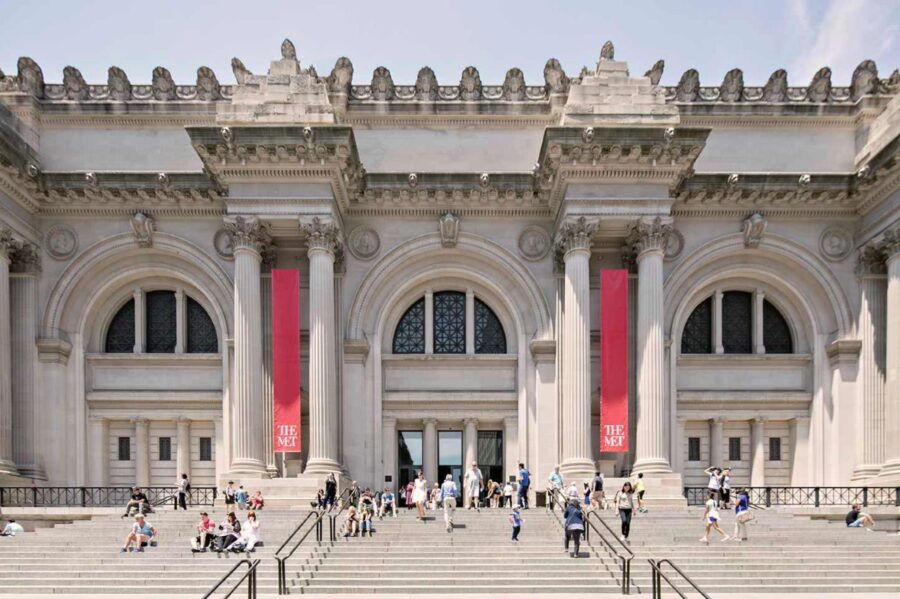
The Metropolitan Museum of Art is a must-see. It’s huge and has art from all over the world. The museum is in a safe area and has good security.
Times Square is bright and busy day and night. It’s full of shops, shows, and street performers. Cops are always around, making it safe for tourists.
The Empire State Building gives amazing views of the city. It’s open late and has tight security. The area around it is well-lit and busy, even at night.
Family-Friendly and Recreational Spots
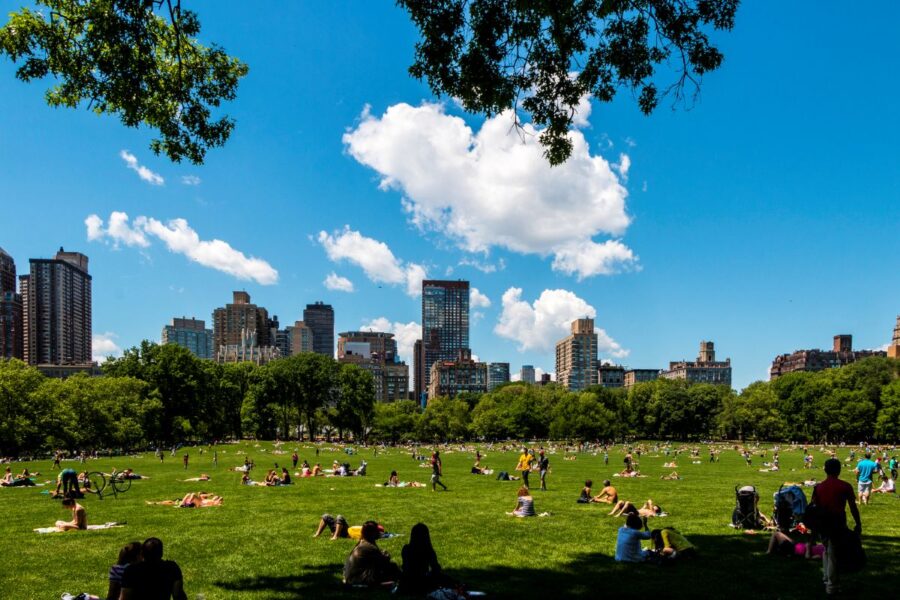
Central Park is perfect for families. It has playgrounds, a zoo, and boat rides. The park is big, but it’s well-patrolled and has emergency call boxes.
The American Museum of Natural History is fun and safe for kids. It has dinosaurs, space shows, and cool exhibits. The museum has its own security team.
Coney Island in Brooklyn is a blast. It has rides, games, and a beach. In summer, there are lots of people and lifeguards on duty.
Exploring Beyond the Mainstream Tourist Paths

The High Line is a park built on old train tracks. It’s quiet and has great views. There are guards and good lighting, making it safe day and night.
Brooklyn Bridge Park is awesome for pics of the city. It has volleyball courts and places to eat. The park closes at 1 AM and has its own security.
Greenwich Village is artsy and fun to walk around. It has cool shops and cafes. The streets are busy with locals, and it feels safe even after dark.
Frequently Asked Questions
New York City’s safety has improved greatly over the years, but visitors still have questions. Let’s tackle some common concerns about exploring the Big Apple safely.
What precautions should one take when exploring New York City after dark?
Stick to well-lit, busy areas at night. It’s smart to travel with a buddy and keep an eye on your stuff. Avoid empty subway cars and opt for taxis or rideshares if you’re unsure about an area.
How does the safety of living in New York City compare to other major cities?
NYC is now one of the safest big cities in the U.S. Its crime rates are lower than many other major urban areas. The city’s diverse neighborhoods each have their own safety profiles, so it pays to research specific areas.
What safety advice is there for tourists visiting New York City?
Stay alert and trust your gut. Keep valuables out of sight and watch for pickpockets in crowded spots. It’s wise to plan your routes ahead of time and look confident while walking around.
Are there specific safety concerns for Asian visitors to New York City?
Sadly, there’s been a rise in anti-Asian incidents recently. Asian visitors should stay vigilant, especially in less crowded areas. Reporting any harassment to authorities is important.
What are the current considerations for safety in Midtown Manhattan?
Midtown is generally safe, with lots of people and police around. Still, watch out for scams targeting tourists near popular attractions. Keep an eye on your belongings in busy spots like Times Square.
How has the crime rate in New York City changed recently?
The crime rate in NYC has dropped a lot since the 1990s. However, there was a bump during the pandemic, but things are getting better again. Some types of crime are down, while others need more attention from the police.
